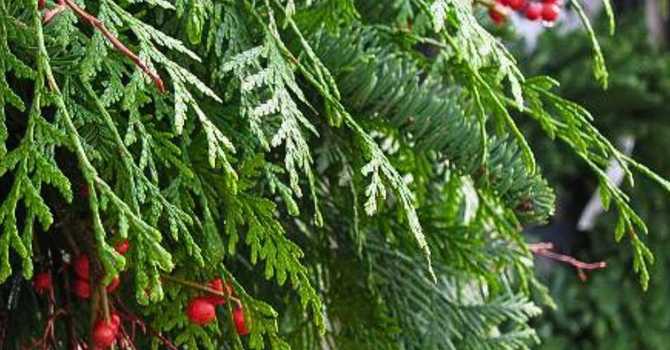Corn mazes, Jack ‘o Lantern carving, trick-or-treating…
for kids, there’s a lot to love about October and there’s even more to love if you get into the garden! A simple pile of leaves can easily turn into hours of fun (especially if you count the re-raking time), but there are so many other activities that will engage children during fall. Here are some fun ideas to try:
Celebrate Fall Foliage
Collect different leaves, dry and then catalogue them in a scrapbook.
Make leaf art! Take crayon etchings (place a dry leaf under a piece of white paper and run the long side of a crayon over it to make the impression) or press the leaf into a disk of clay so that, when it dries, you’ve got a lovely display piece!
Start Your own Seed Collection
Good candidates for seeds to collect and later plant are: nasturtiums, echinacea, rudbeckia, sunflowers and gomphrena.
Take this one step further and look for tree seeds and pinecones, and consider the mechanism of each. Some seeds ‘fly’, some burst, and some are eaten by wildlife to be pooped out later… what’s not to love about that?! Teaching children about the wonderful ways plants have of propagating themselves will help them appreciate the ingenious side of nature.
Create a Compost Cake
Ask children to help layer the compost pile and explain the decomposition process and the benefits of organic materials in the garden. ‘Cakes’ consist mostly of layering brown (dried leaves, twigs, a sprinkling of soil) and green (vegetable peelings, finished plants). If you can find a good container to hold it and a spot out of the rain For more information on starting a compost from scratch, the National Geographic did a simple summary for kids here.
Hang a Pine Cone Bird Feeder
Migrating birds might like a snack as they pass by your home. To help them, take a pine cone, secure a string loop to the top, roll it in lard or fill the gaps with peanut butter and then coat it in bird seed and hang it outdoors.
Plant a Bee Garden
Birds get a lot of attention at this time of year but our local bees would appreciate some help to keep healthy over the cooler months too. Late season perennials and fall/winter flowering shrubs are where bees can find something to eat. To provide our pollinators some nourishment, consider planting: asters, winter heather, hellebores and mahonia shrubs.
Make a Little Magic
Do you believe in magic?! Many trees have histories steeped in legend and lore, even before Ollivander’s Wand Shop opened in Diagon Alley! Oak, holly, maple, elder, hawthorn, rowan (sorbus), apple and many more have very interesting links to the past, so if you have a tree in your yard, do a quick search to see if it has a story to tell. If it does, snip off a small branch, gently sand out any rough patches, and use your imagination to create some magic!
Even if wand making isn’t up your alley, searching the history of trees can be quite fascinating. For an interesting read, visit the Royal Horticultural Society’s post on tree lore or the UK’s Woodland Trust’s post on British trees.
Wrap a Wreath
Have some grape vines or a willow tree in the garden? Select a good length of vine or branch, hold it in a circle shape, then with your other hand, weave the remaining portion around and over itself. Once it holds (secure it with a bit of wire or twine) you can incorporate additional stems to achieve the thickness you want. Once it is dry, decorate away with pinecones, nuts and grass stems, or leave it natural! Be sure to hang on to it for the holiday season too!
Get Ready for Spring
Fall is when spring bulbs should be planted, so shop together for a colourful collection and then get planting! Try to include bulbs that will bloom from January to June, and your little ones will have so much to look forward to. Many early blooming types, like crocus and winter aconites, provide good sources of nectar and pollen for pollinators too.



